
FOOD NIPPON 2017 Summer
Understanding local food is the key to unraveling the mysteries of local culture and the landscape that helped shape it.
FOOD NIPPON is our series of seasonal events focused on "rediscovering Japanese food culture." Since 2013, we have been gathering stories from around Japan that tell of the richness of this country, delving into various foods and customs by learning from our ancestors' wisdom and ingenious adaptations that have been passed down through generations.
 |
In our fifth year, we are focusing on Hokuriku, the gateway for ancient continental Asian culture in Japan. We present carefully selected ingredients and brewed beverages, as well as tableware created by the potters and artisans we met throughout our travels in the region. We commenced our journey in Toyama in March, and for our next edition starting June 5th, we move on to discover the distinctive food cultures of the Noto and Kaga regions in Ishikawa Prefecture.
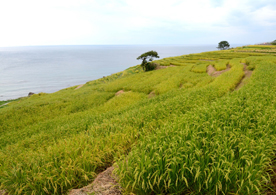 |
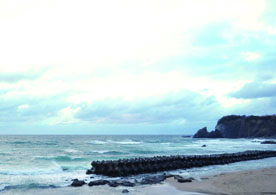 |
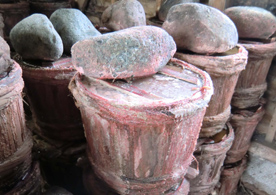 |
 |
In 2011, “Noto's Satoyama and Satoumi” region was designated as a Globally Important Agricultural Heritage System (GIAHS) by the Food and Agriculture Organization of the United Nations (FAO). The Noto peninsula, comprised of low mountains and sloped hillsides, has few plains. Over centuries, the people of this region have developed traditional agricultural, forestry, and fishing industries in harmony with their natural surroundings.
On a steep hillside facing the Japan Sea, exactly 1,004 fields form a tapestry of terraced rice paddies known as “Shiroyone Senmaida.” Here, rice is grown according to an ancient Japanese method in which rice seeds are sown and allowed to germinate into seedlings. Every step from planting to harvesting is done by hand.
The nearby town of Suzu is home to one of just a few places in Japan still undertaking the traditional salt-farming craft, known as “agehama-shiki.” For more than 400 years, salt farmers have been drawing seawater from the Japan Sea and scattering it across the sandy field, then waiting for it to dry under the sun's rays. Additional seawater is used to filter out the concentrated salt from the sand and simmered slowly in a kettle to extract the final product.
The expansive Kaga Plain, extending along the Japan Sea coast, offers vastly different scenery. The plain was formed by the meandering Tedorigawa river, whose source is Mt. Hakusan, long-considered a symbol of the guardian deity of farming and fishing. The construction of irrigation canals in the 1800s allowed the region to flourish, producing bountiful harvests of unique Kaga vegetables and making it one of Japan’s leading rice-growing regions. The history and traditions of “Kaga Hyakumangoku,” a phrase from samurai times indicating the region as a land of plenty, gave birth to an elegant and grand food culture that still thrives today.
Ishikawa Prefecture, with its rich climate and topography, is also home to a diverse fermented food culture. Truly unique dishes include the pickled eggs of fugu puffer fish. Pickling the eggs in fermented rice bran over several years removes the deadly poison making this just one delicacy in a region with many traditional fermented foods.
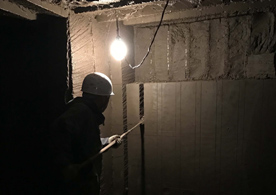 |
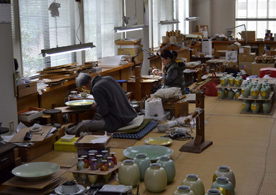 |
The Noto Peninsula is also home to enormous deposits of fossilized phytoplankton called diatomaceous earth. The clay-like substance is known for its exceptional insulating and flame resistant qualities, and has been used since the Edo Period to create earthen charcoal braziers for cooking. We visited Nensyoki Kogyo in Suzu and witnessed the craftsmen carving out blocks of the earth with their hands, before shaping and filing them into braziers according to traditional methods. In collaboration with the craftsmen, we have designed a rectangular block plate from diatomaceous earth to use during this edition of our food journey.
We also present many special pieces, showcasing the Ishikawa craftsmanship that has been passed down over many generations. Among them are Wajima lacquerware, characterized by a long history of strong yet elegant work, and the magnificent gold-painted porcelain Kutani ware of Kinzangama Kiln, established in 1906.
We are delighted to share with you the essence of Ishikawa food, a culture cultivated by influences from across the sea and through lifestyles closely intertwined with the region’s unique natural surroundings.
We are looking forward to your visit.
Event Schedule
Throughout the FOOD NIPPON 2017 edition, we will be offering special lunch and dinner menus that feature various ingredients and sake varieties from the Hokuriku region, which you can enjoy together with original tableware made especially for FOOD NIPPON.
< Spring >
March 6th ~ 18th [finished]
< Summer >
June 5th ~ 17th
< Autumn >
September 4th ~ 16th
< Winter >
November 20th ~ December 2nd
Special Lunch Course ¥3,500 / Special Dinner Course ¥8,200 (inc. TAX)
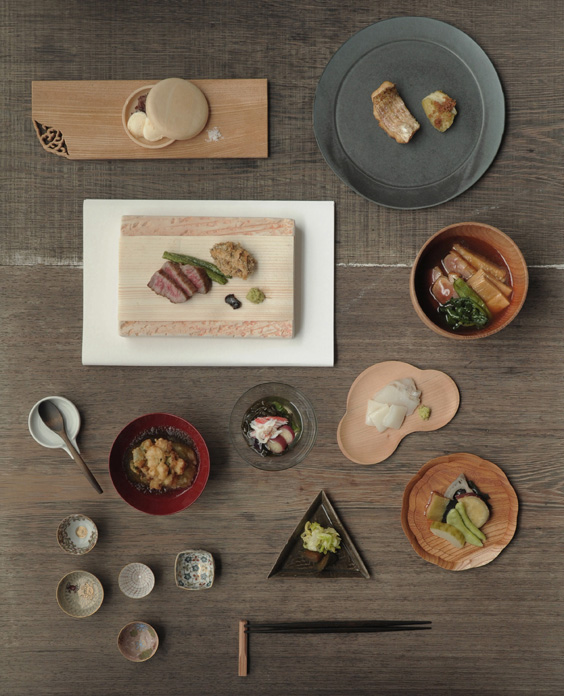
FOOD NIPPON 2017 Summer Special Dinner Course
Cooked Kaga vegetables/Seasonal sashimi/Jibuni stew of duck and sudarefu wheat gluten/
Horsehair crab and kuromozuku seaweed in tosazu vinegar/
Fried blackthroat seaperch with pickled puffer fish eggs/
Charbroiled Noto beef and fried shiitake with sweet soybean sauce/
Ochazuke with shrimp fritter/Malt syrup ice cream sandwich
Special Dinner Course ¥8,200 (inc. TAX)
Served from June 5th to 17th
* As part of our dinner course, some items will also be available a la carte.
* Please note that ingredients may change according to availability.

Suggested Pairing for FOOD NIPPON 2017 Summer Special Dinner Course
Hakuto Shuzo's “Okunoto no Shiragiku Junmai Ginjo”
Established initially as a shipping agent in 1722, Hakuto Shuzo began brewing sake in the late Edo Period. Carrying on the traditions of the company’s Shiragiku brand, the sake created by the young master brewer is full-bodied and umami-rich in the traditional Noto style, yet at the same time elicits a soft smile on one’s face. It seems to reveal the honest and kind personality of the current brewmaster. It is with a strong sense of gratitude and respect for the Noto brewers, the hard-working and earnest pioneers who contributed so much to Japanese sake culture, that we have gathered this collection of local Noto sake varieties.
We invite you to try these perfect pairings for the Special Dinner Course.
180ml ¥1,500
Served from June 5th to 17th
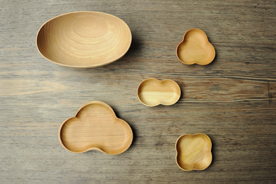 |
 |
We are exhibiting and selling a selection of crafts from the Hokuriku region at the salon space in HIGASHI-YAMA Tokyo as well as at our sister shop HIGASHIYA GINZA.
Please come and visit us.
Artists and Ateliers
[Lacquerware] Sanae Tanaka, Tomoru Studio (Toyama) / Wajima Kirimoto (Ishikawa)
[Wood Craft] Takaaki Tanaka, Tomoru Studio (Toyama) / Aizawa Wood Craft (Ishikawa)
[Ceramics] Gaku Shakunaga (Toyama) / Yuka Ando (Toyama) / Yuichi Nakata (Ishikawa)
[Copperware Casting] FUTAGAMI (Toyama)
[Glassware] Kohei Kishimoto (Toyama)
[Japanese Candles] Takazawa Candle (Ishikawa)
Sister Shop Information
HIGASHIYA GINZA
POLA Ginza Bldg. 2F, 1-7-7 Ginza, Chuo-ku, Tokyo
Tel : +81 (0)3 3538 3230
Hours 11am - 7pm
Closed on Mondays (Tuesday if Monday is a National holiday)
www.higashiya.com/shop/ginza

